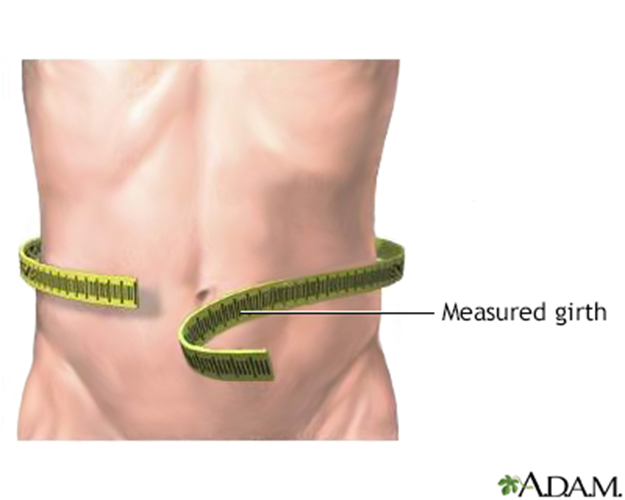Patient Data
The nurse educates the parents on post discharge care for the child.
What should the nurse include in post discharge care education? Select all that apply.
Monitor for fever
Give only clear liquids for several days
Avoid any kind of bath or shower
Keep a pressure dressing on the site for one week
Alert the physician if the site bleeds or swells
The child may take ibuprofen for pain
Correct Answer : A,E,F
Choice A reason: Monitoring for fever is essential after cardiac procedures like the one described. Fever can be a sign of infection, which is a risk following any invasive procedure. Normal body temperature ranges from 97°F (36.1°C) to 99°F (37.2°C) for a typical child, but it can be slightly lower in the morning and higher in the late afternoon and evening.
Choice B reason: There is no need to restrict the child to clear liquids for several days unless specifically instructed by the physician for a particular reason. After cardiac catheterization, patients are usually encouraged to resume their normal diet as tolerated to promote recovery unless there are other concerns that warrant dietary restrictions1.
Choice C reason: Avoiding baths or showers is generally recommended immediately after cardiac catheterization to prevent infection at the catheter insertion site. However, this restriction is usually only for a few days, not indefinitely. The site needs to be kept dry and clean until it has sufficiently healed.
Choice D reason: Keeping a pressure dressing on the site for one week is not typically necessary. The dressing is usually checked and changed by healthcare professionals, and the site is monitored for healing. The dressing may be removed after a certain period, often before one week, as long as there are no signs of bleeding or infection.
Choice E reason: Alerting the physician if the site bleeds or swells is crucial. Swelling or bleeding can indicate complications such as infection or hematoma formation. Parents should be instructed to look for any signs of abnormal discharge, redness, or increased pain, which could signify an infection.
Choice F reason: The child may take ibuprofen for pain, but it should be under the guidance of a physician. Ibuprofen is an NSAID that can help with pain and inflammation. However, it’s important to use the correct dosage and to ensure it doesn’t interfere with any other medications the child may be taking.
Nursing Test Bank
Naxlex Comprehensive Predictor Exams
Related Questions
Correct Answer is ["A","E"]
Explanation
Choice A reason: Allergic rhinitis is a common condition that responds well to antihistamines, which can alleviate symptoms such as sneezing, runny nose, and itching.
Choice B reason: Otitis media is an inflammation of the middle ear and is not typically treated with antihistamines.
Choice C reason: Myocarditis is an inflammation of the heart muscle and is not treated with antihistamines.
Choice D reason: Bronchitis involves inflammation of the bronchial tubes and is not primarily treated with antihistamines.
Choice E reason: Contact dermatitis, which is an allergic skin reaction, can be treated with antihistamines to relieve itching and rash.
Correct Answer is C
Explanation
Choice A reason: Decreased bowel sounds may be associated with cirrhosis due to altered digestion but do not directly correlate with weight gain.
Choice B reason: An increased respiratory rate can be a sign of many conditions, including fluid overload, but it is not a specific indicator of weight gain due to fluid accumulation.
Choice C reason: Increased abdominal girth is a common sign of ascites, which is fluid accumulation in the abdomen often seen in cirrhosis, correlating with the reported weight gain.
Choice D reason: Decreased level of consciousness may indicate hepatic encephalopathy in cirrhosis patients but does not directly correlate with the weight gain described.

Whether you are a student looking to ace your exams or a practicing nurse seeking to enhance your expertise , our nursing education contents will empower you with the confidence and competence to make a difference in the lives of patients and become a respected leader in the healthcare field.
Visit Naxlex, invest in your future and unlock endless possibilities with our unparalleled nursing education contents today
Report Wrong Answer on the Current Question
Do you disagree with the answer? If yes, what is your expected answer? Explain.
Kindly be descriptive with the issue you are facing.
